GOLDEN STANDARDS FOR OLIVE OIL TASTING
It is possible to produce olive oil with different types of olives and various pressing methods. Each produced olive oil has characteristic features depending on many factors, from the type of olive to the harvest time, pressing methods, and bottling. These are the most important details that create the tasting notes of olive oil, leaving a unique sensation on the palate. So, how do you find an olive oil that is both high in nutritional value and suits your taste among so many different flavors?
This is where sensory analysis of olive oil, or olive oil tasting comes into play. You can taste an olive oil just like professionals do and experience the flavor and quality of the olive oil in its purest form. If you're wondering "How?” let's examine all the things to pay attention to for olive oil tasting together.
WHAT IS OLIVE OIL ANALYSIS?
Before we get into the details of tasting, let's talk about olive oil analysis, which is a very important topic in olive oil production. The acidity level, polyphenol content, and tasting notes of olive oil are actually revealed through a series of analyses. In short, the quality control of olive oil is ensured through these analysis stages.
Various analyses are performed after the production of olive oil for quality control. One of these analyses is the chemical analysis conducted in a laboratory environment using an olive oil sample, and the other is sensory analysis, also known as olive oil tasting.
The chemical analysis of olive oil is carried out by experts. This analysis measures values such as the free acidity, known as the acidity level, and the peroxide value, which indicates the oxygen value of the olive oil. This chemical analysis determines whether the olive oil meets the standards set in the International Olive Council based on its type.
Although chemical analysis results are used for the classification of olive oil, the stage where all the characteristic features of olive oil are determined based on its taste, smell, and color is called the sensory analysis. The sensory analysis of olive oil is performed by olive oil tasters who identify the positive attributes and defects of the olive oil based on its taste, smell, and color.
Now, let's move on to the more entertaining stages of olive oil tasting, which happens to be a very delicate task.

HOW TO TASTE OLIVE OIL?
Olive oil tasting is actually the most important stage in understanding the characteristic structure related to the smell and taste of olive oil. Through sensory analysis, it is possible to deeply feel the tasting notes of olive oil. Expert tasters, known as oleologists, perform olive oil tastings to determine the positive and negative sensory characteristics of the oil.
Here is a step by step guide of sensory analysis of olive oil:
Step 1: Pour 13 milliliters (approximately one teaspoon) of olive oil into a dark-colored glass. Cover the glass with a watch glass to prevent the olive oil from coming into contact with air.
Step 2: The person tasting the oil holds the glass in their palm and gently swirls it.
Step 3: After swirling, remove the watch glass and take a deep breath to smell the olive oil. The smelling process should not exceed 30 seconds.
Step 4: After smelling, proceed to the tasting stage. Take a 3-milliliter sip of the olive oil and circulate it well in the mouth to ensure it touches every part.
Step 5: Before swallowing, clench your teeth and take quick, successive breaths. This helps intensify the burning sensation in the throat as the olive oil is swallowed with air.
With these 5 steps you can make a detailed analysis of the smell and taste of the olive oil. If you are planning to taste different olive oils at the same time, clean the palate with an apple slice after each tasting.
WHAT TO PAY ATTENTION DURING OLIVE OIL TASTING?
As understood from the sensory analysis stages, olive oil tasting is a very delicate task. There are elements to pay attention to ensure that the taste of the olive oil does not change and that an accurate analysis is made.
Here are the points to consider during olive oil tasting:
- The tasting glasses should be of standard size and dark-colored.
- To properly analyze the taste of olive oil, the taster should not eat or drink anything at least 1 hour before the sensory analysis.
- Avoid using scented cosmetic products like soap or perfume that could affect the smell of the olive oil.
- If the person tasting the olive oil has any condition affecting their sense of smell or taste, they should not conduct the tasting.
Anything that can affect the smell and taste could negatively impact the sensory analysis of olive oil. Therefore, attention should be paid to the above points when tasting olive oil.
If you want to experience olive oil tasting on your own, make sure that there are no elements in your environment that could affect the smell and taste of the olive oil.

How Are Olive Oil Tasting Results Evaluated?
Olive oil tasting is conducted by considering certain important factors. This way, the taste and aroma characteristics of the olive oil are determined. Thus, all the distinctive features that define the unique taste of an olive oil are identified through sensory analysis.
Olive oil tasters evaluate the sensory attributes of olive oil under two main headings: positive and negative. Each category has specific tasting details that need attention. Let's examine the positive and negative sensory characteristics you should focus on during the evaluation process, just like the professionals.
Positive Sensory Characteristics
Three details are considered to highlight the positive attributes of olive oil during tasting:
Fruity: The aromatic profile of olive oil changes depending on the type of olives used in production. The fruity aroma of olive oil obtained from fresh or ripe olives varies. Notes like artichoke, apple, and citrus perceived from the smell and taste of the olive oil help bring out its characteristic fruity aroma.
Bitterness: While taking a sip of olive oil and swirling it in the mouth, notes about the bitterness of the olive oil are noted. Since the olive fruit naturally has a bitter taste, olive oil produced by natural methods should also carry this bitterness. Early harvest olive oils have a more intense bitterness, whereas late harvest oils produced from ripe olives are less bitter.
Pungency: When swallowing the olive oil, it should create a burning sensation in the throat. This pungency varies according to the bitterness level of the olive oil. Olive oils produced from ripe olives have a softer taste and less throat burn, while early harvest olive oils have a more intense pungency.
Negative Sensory Characteristics
During olive oil tasting, features that should not be present in an olive oil are referred to as negative sensory characteristics. Some of the attributes affecting the taste and quality of olive oil are as follows:
Metallic Taste: If olives come into prolonged contact with metallic surfaces during production, a metallic taste affecting the olive oil can develop.
Heating: If olives are left to sit for a long time after harvesting, heating can occur due to exposure to air, heat, and light. This causes the olives to lose taste and aroma, and when pressed, the nutritional value of the olive oil decreases, and its characteristic structure is lost.
Winey or Vinegary: After harvesting, olives are pressed into a paste. If unclean mats are used during this pressing process, an olive oil with a vinegary or winey taste and smell, described as more sour, is produced.
Hay or Woody: Extra virgin olive oil can be produced from early or late harvest olives. However, if the olives are overly mature and dried before production, the olive oil acquires a hay-like or woody taste.
Cucumber Smell: As noted in the positive sensory characteristics, the fruity aroma of olive oil is positively evaluated. However, cucumber is an exception. The smell of cucumber in olive oil indicates that it has been stored in tin containers for a long time.
Besides these negative characteristics, other options described as wet wood, moldy, or briny can be found in olive oil tasting. However, when identifying negative characteristics, it is essential to focus on the fact that the olive oil possesses various taste and smell attributes along with its fruity, pungent, and bitter structure. The emergence of these characteristics is actually dependent on each stage of olive oil production, from the period when the olives are harvested to storage and production.
In short, many factors such as the region where the olives are grown, their quality, harvesting, pressing methods, and bottling affect the taste of olive oil. If you want to experience the unique taste of olive oil in its most natural form, you can choose Gaia Oliva olive oils, which are obtained using correct methods from harvest to production and have won many awards for their taste and quality in the world's most prestigious competitions.
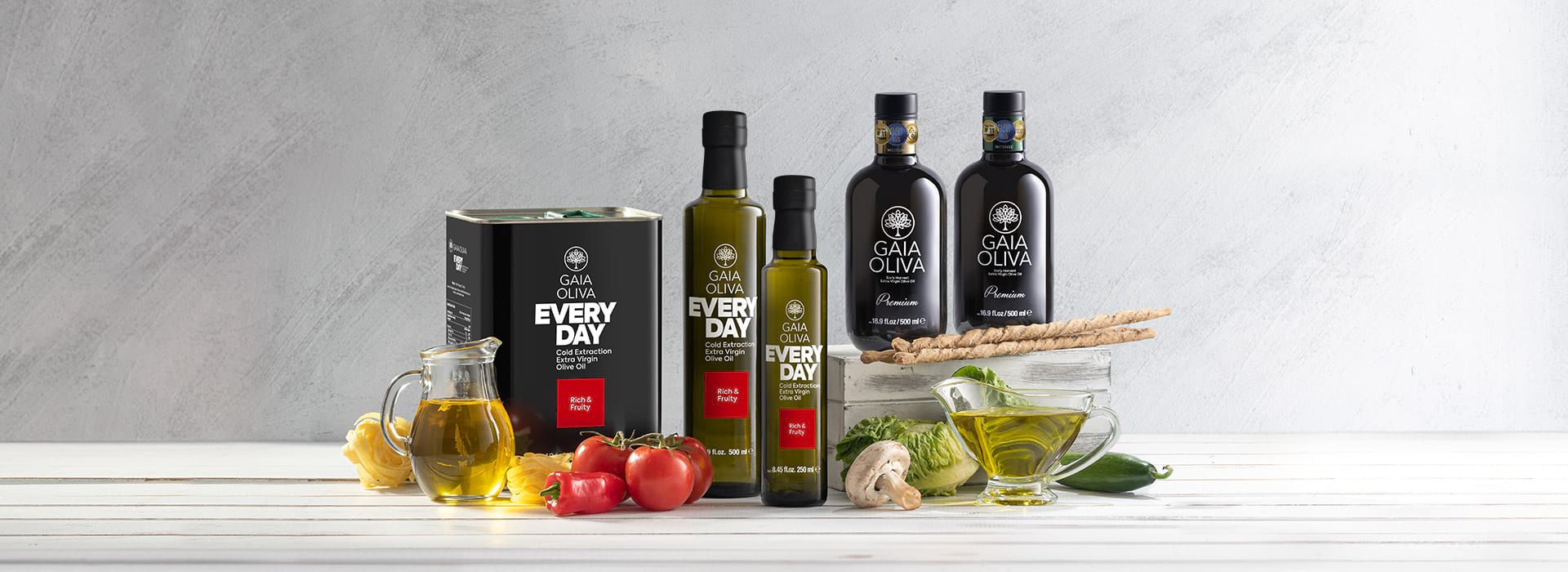
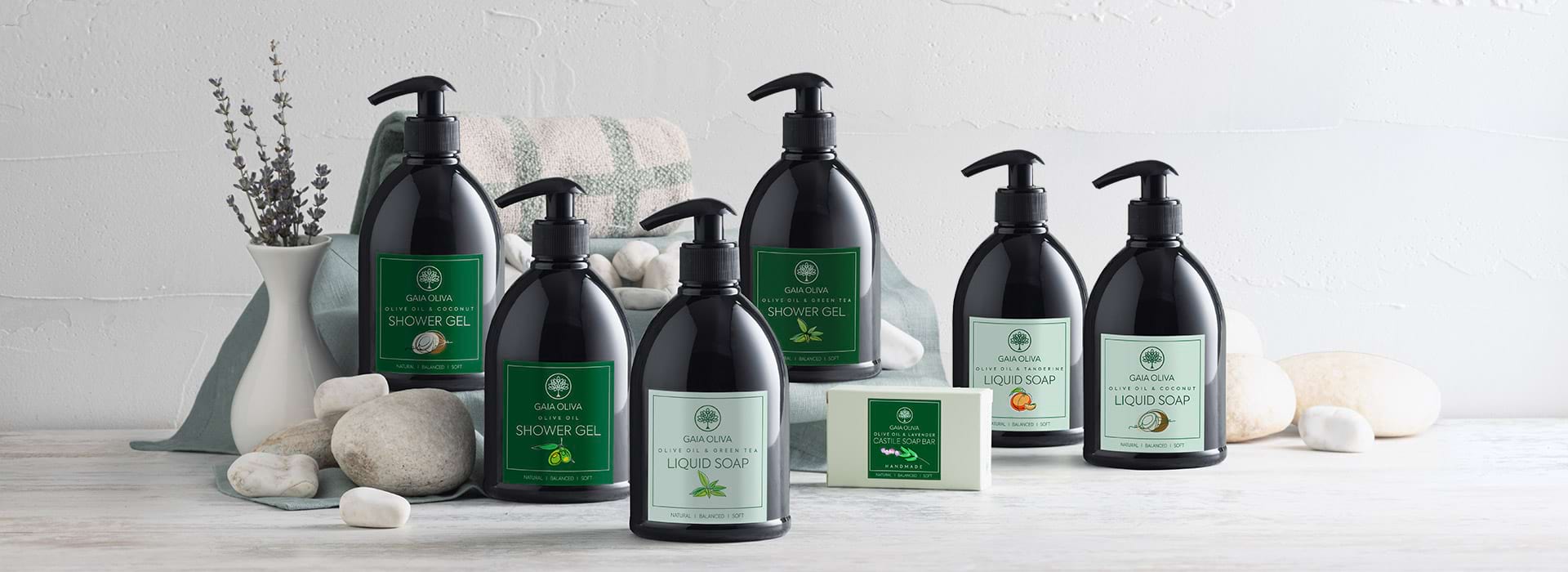

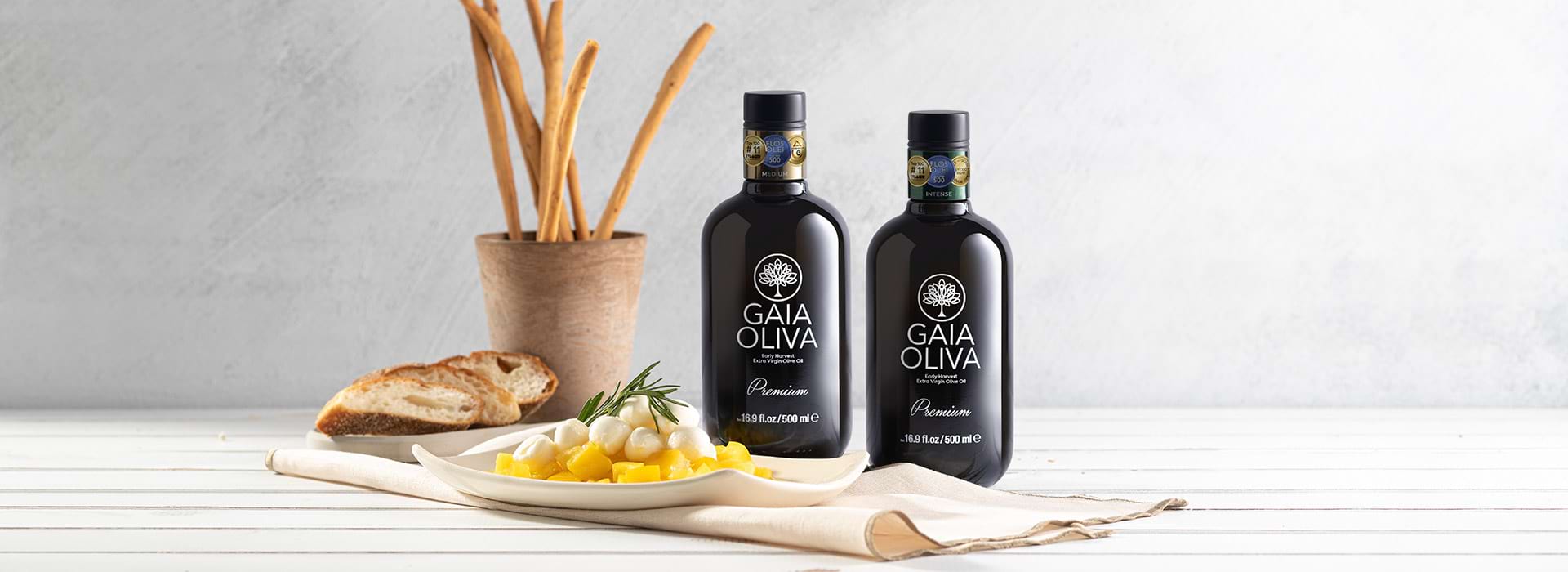
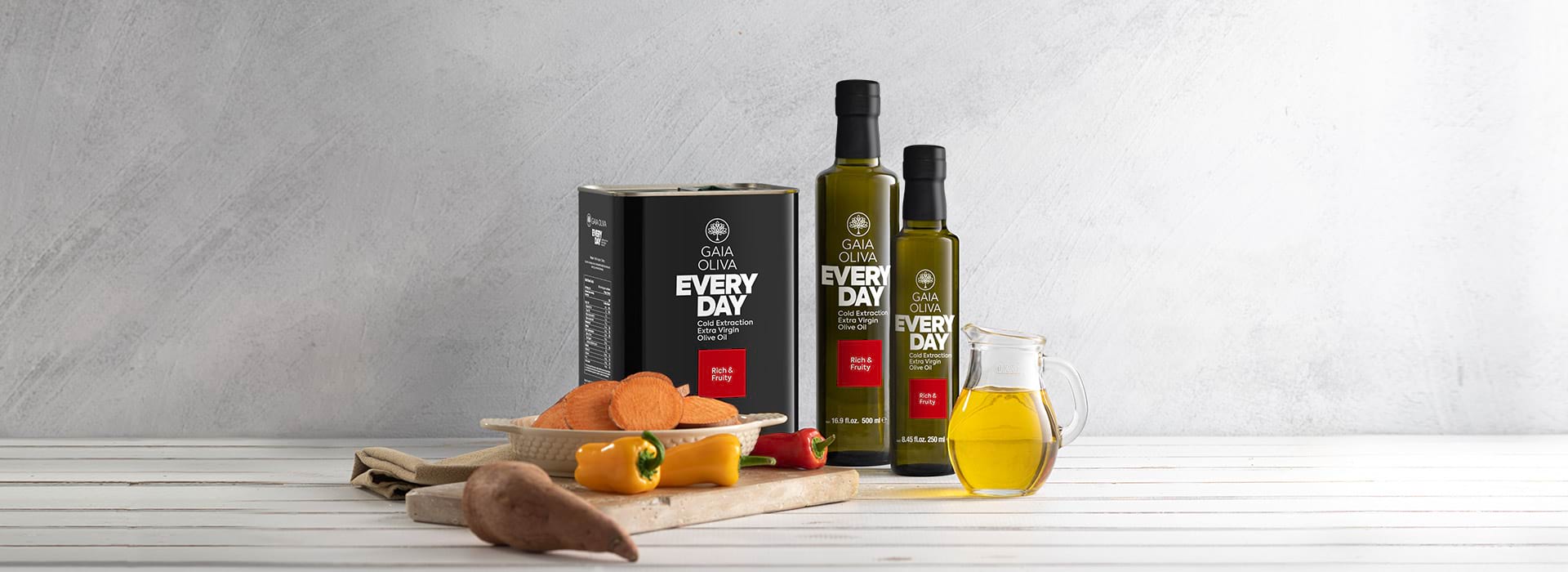
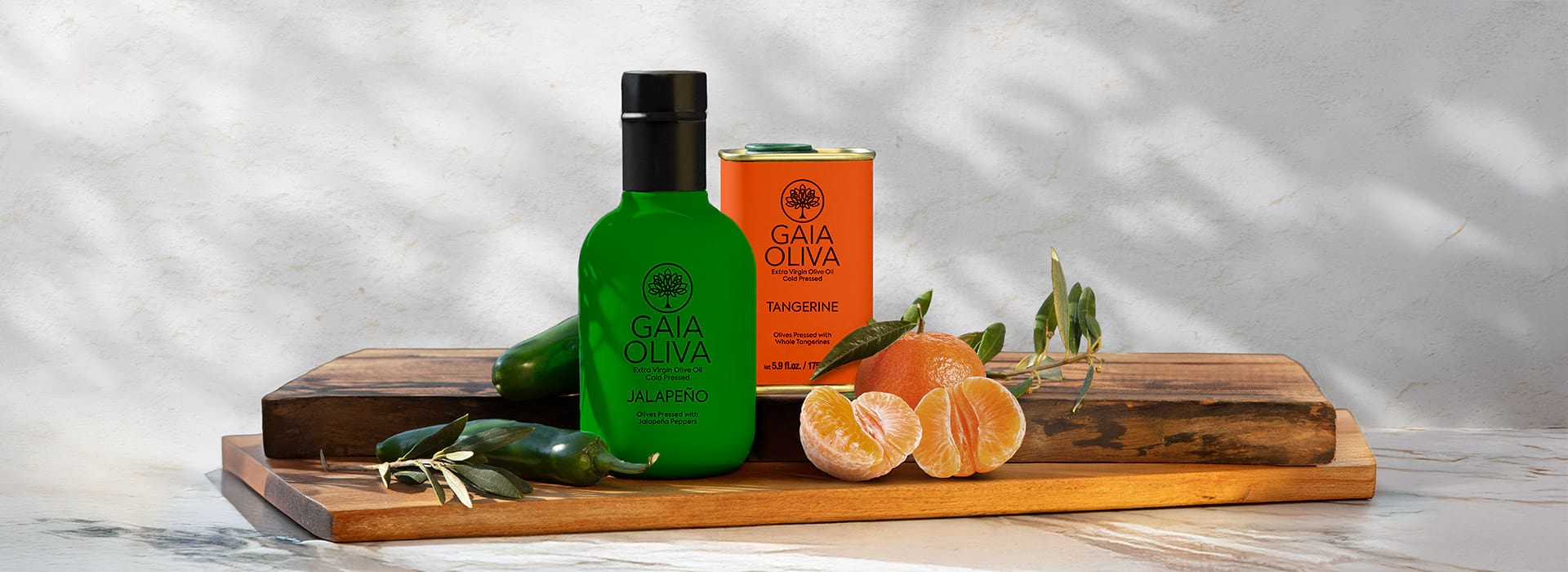
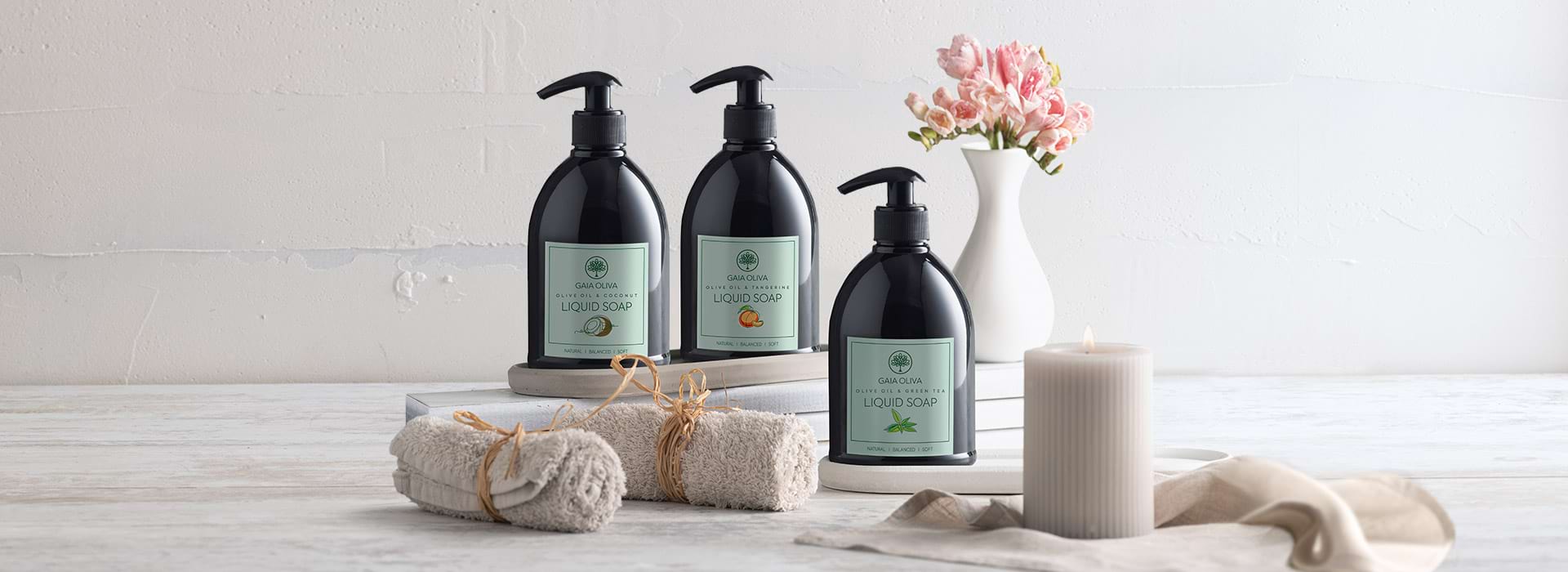

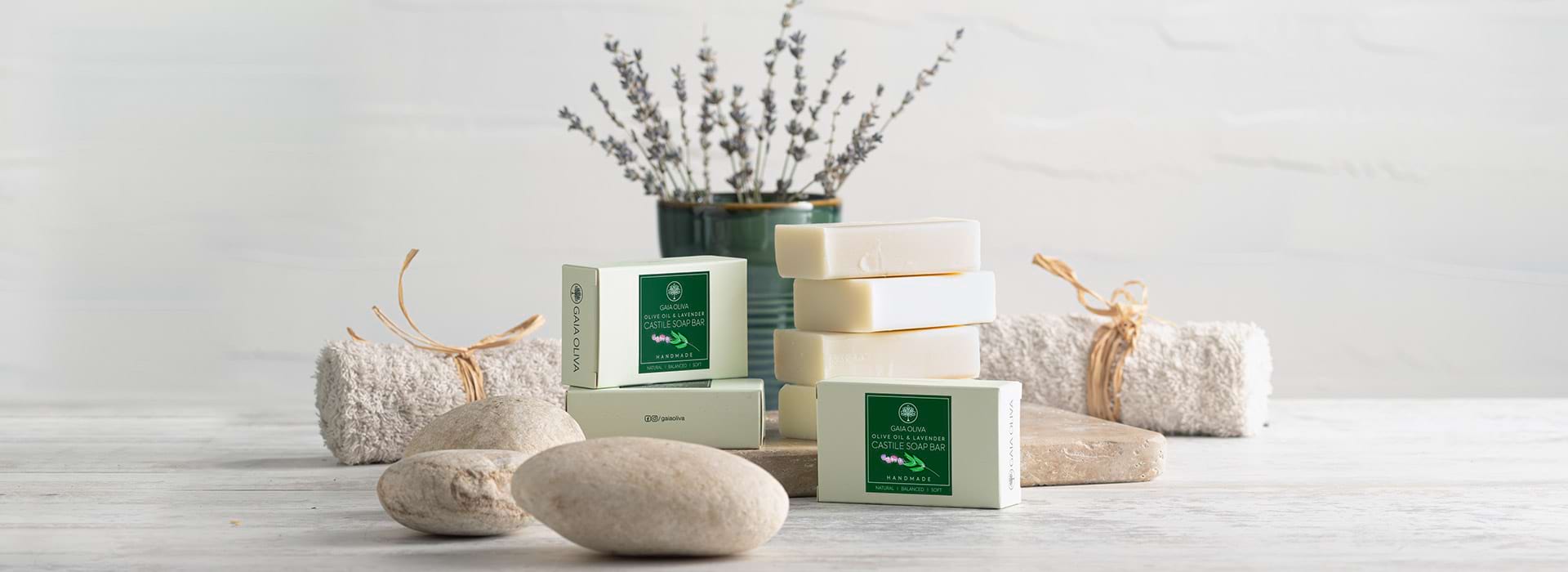
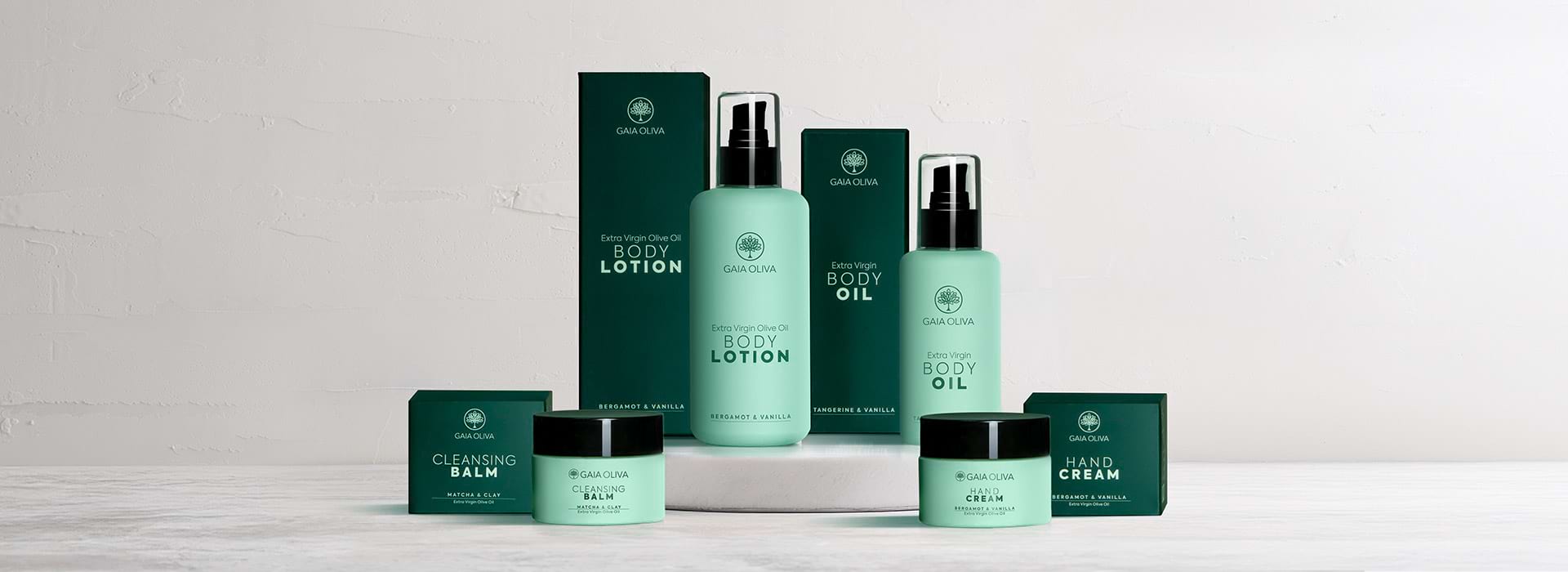

Leave a comment